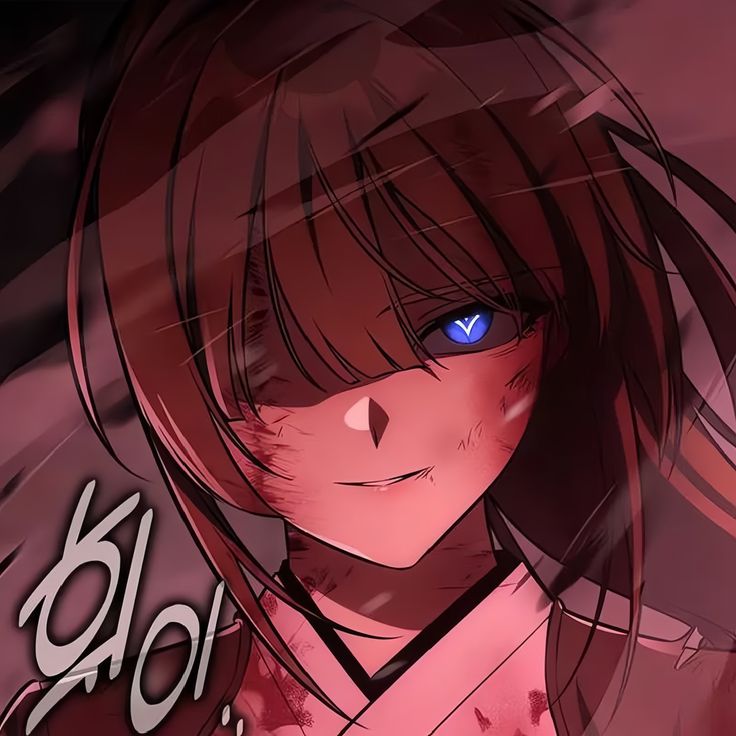Introduction: Why I Killed an Academy Player Matters
For folks who love wild stories and sci-fi twists, I Killed an Academy Player – yeah, that one – is way beyond just another book riding a trend. Instead of a basic setup, it throws you into a do-over life twist, sketchy choices, and people you can’t quite pin down, all while mixing school drama with fight-to-stay-alive tension. Fans have latched onto it hard. We’re breaking down every piece – the story flow, hidden messages, how it’s built, the cast, plus what it means out there in the real world – with zero fluff, just straight talk that covers exactly what anyone curious should get.
Plot Overview: A Regression Story with a Deadly Game
Deep inside I Killed an Academy Player, there’s a guy who, three years back, opened his eyes stuck in a character role from a game he’d actually played before. Penguin-squad.com plus Novel Updates He remembers how things went down in that world, sees the main hero – the actual player – screwed it all up, then jumps into the past – not just to fix stuff but to end the player himself and grab life by the throat. Novel Updates one
We see his path inside a top-tier school, where things aren’t what they seem – secret rules pop up, strength isn’t just skill, trust breaks apart, yet staying alive matters most. As someone put it:
“The story follows a protagonist who gets dragged into a deadly game within a prestigious i killed an academy player, where students are pitted against each other in brutal battles.” GoodNovel
This tale jumps between old memories, classroom chaos, and how the game works – then slams into battles where survival’s never guaranteed. Filled with heart-pounding action, it quietly hits hard with emotion just when you’re looking away.
Key Themes and Motifs

1. Power and Knowledge
Bcause the main character knows stuff about the game world from before, an opportunity shows up but brings big risks. This story checks out how knowing secrets changes your moves when you’re trying to survive, avoid danger, or handle clashes.
2. Moral Ambiguity and Survival
This ain’t your typical hero tale. Pushed into brutal choices, he moves while others cling to wobbly morals. One reader said: “You ever walk into a plot where wrong and right get tangled? That’s what I Killed an Academy Player feels like.” Got it from GoodNovel
3. Academy Setting as Microcosm
I killed an academy player works like more than a classroom – it’s an entire system full of rank checks, secret goals, chains of command, and real risks. Think of it as a small version of the outside world, where every threat gets copied on a smaller scale.
4. Regression and Second Chances
Going back in time gives the hero a second chance – but what’s the twist? It makes you ask: if you knew what was coming, would you still choose the same path?
Structure and Pacing
The book’s massive – more than three hundred sections tagged, 256 core chapters finished already, plus side stories and loose pieces tossed in. New chunks roll out fast, no waiting around. The flow holds steady: early on it lays down how the world runs, by the middle fights kick off hard, but toward the end it shifts focus onto characters’ true sides and peels back secret layers built into the system.
A top pick when it comes to setup? Action bits followed by test hurdles show up a lot – short, high-energy flashes that push the pace forward. Yet some readers mention how offshoots, say the online comic version, often trim down or miss key scenes altogether. Digital talk
Character Highlights
The Protagonist (MC)
While specific names may vary by translation, the MC is a “possession” of a side-character in the game world. He is clever, strategic, burdened by guilt/responsibility, and determined. His character arc involves shifting from reactive (just surviving) to proactive (shaping the narrative).
Supporting Cast & Antagonists
- The “player” of the original game world: now both rival and opportunity.
- Academy students, teachers, system enforceers: each with unique motivations and flaws.
- Hidden systems or organisations that manipulate events behind the scenes.
The strength here is that even side characters have agency, history and real motives. This enhances narrative depth and emotional weight.
Why It Resonates With Readers
- Unique Premise: While regression/x-game tropes are common, combining them with an i killed an academy player + survival conflict gives this work a fresh angle.
- Relatable Stakes: Many readers enjoy the “what-if” scenario—if you went back in time with knowledge, could you fix everything?
- Mechanics & Strategy: The system and power mechanics aren’t just window-dressing—they are actively used and affect outcomes.
- Emotional Depth: The moral dilemmas, the friendships, betrayals and losses give a weight often missing in lighter fantasies. One Reddit reviewer summarised:
“I definitely do not want the artists to start exhausting themselves unnecessarily.” (referring to manhwa adaptation) Reddit
Critique & Considerations
No story is perfect, and this one has its caveats:
- At times the pace may feel intense or rapid-fire, which might leave some readers wanting more “breathing room” in character-driven scenes.
- The translation/language quality of web-novel translations can vary—some early chapters may need patience.
- Some tropes (e.g., power builds, i killed an academy player rankings, regression) are familiar in the genre—so readers seeking extreme novelty might find echoes of other works.
Nevertheless, the strong execution elevates it.
Where to Read & Accessibility
The novel is listed in aggregation websites such as one that tracks Korean originals (Munpia) and includes full chapter counts. Novel Updates+1 For new readers: begin from Chapter 1, invest in it through the world-building phase (first 20-30 chapters), and you’ll find the story fully blossoms. Also, many readers recommend reading the original novel first, if possible, before adaptations.
Cultural Impact & Genre Placement
I Killed an Academy Player sits firmly within the academy fantasy + regression + system genre. Its success highlights how blending genres can bring renewed interest: the academic setting appeals to fans of school-life narratives, while the game/regression elements appeal to power-fantasy and lit-RPG audiences.
Moreover, the work’s popularity underscores readers’ hunger for character-driven stories with system mechanics, moral complexity and high stakes—not simply a casual “power up and beat the boss” story, but one with cost, consequence and depth.
Tips for New Readers
- Don’t skip the early chapters: they establish the world, system rules and stakes that matter much later.
- Keep an eye on terminology: “i killed an academy player”, “grading tests”, “player/side-character”, “system failure” all have significance.
- Be patient with the power build: although the MC has knowledge, he still must act and struggle. Over-expecting instant domination may lessen the satisfaction.
- Explore side stories: once the main arc hooks you, the side arcs provide richer world-building and character nuances.
Conclusion
In summary, I Killed an Academy Player is a standout in its genre—a regression story with i killed an academy player setting, survival stakes, system mechanics and emotional depth. For readers who enjoy a blend of strategic action, character complexity, and a world that keeps unveiling secrets, this novel delivers. We encourage you to dive in with an open mind, give it the time it deserves, and enjoy the ride.


